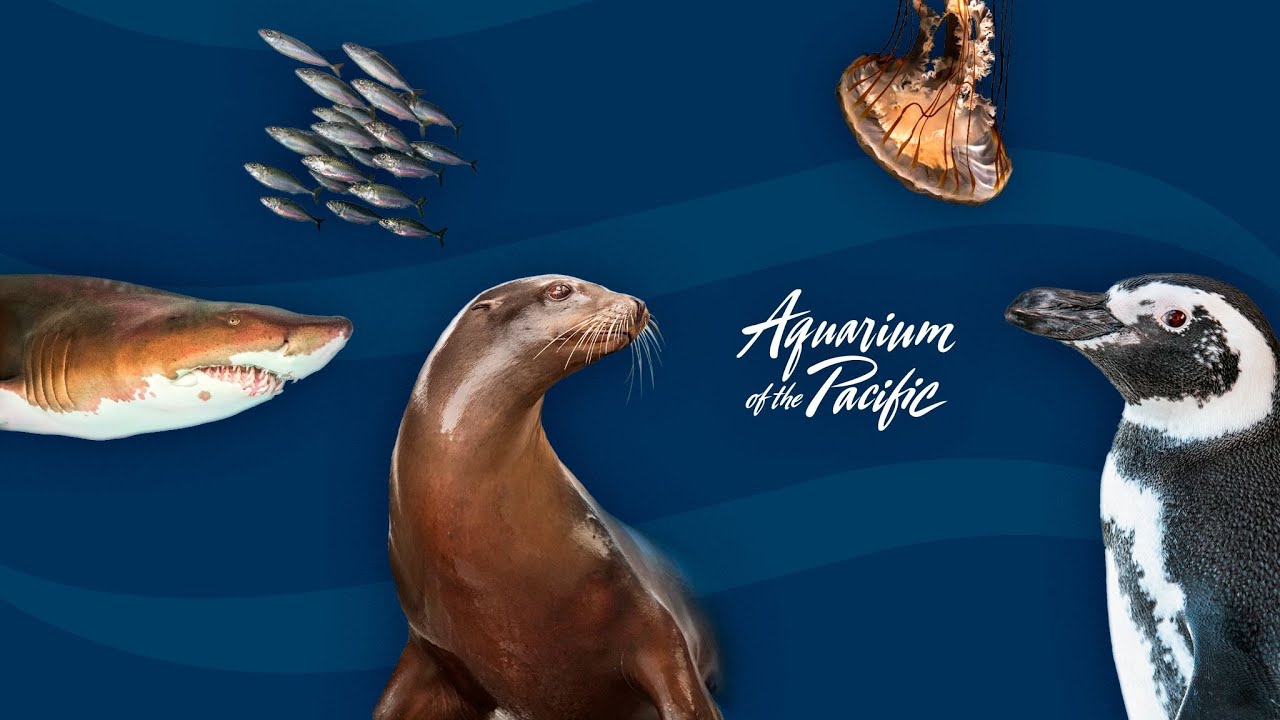– The science behind animal adaptations and their importance in survival.
– Examples of specific animal adaptations in various habitats.
– The role of zoos in educating the public about wildlife conservation and animal adaptations.
– Challenges facing wildlife and how conservation efforts are addressing them.
– Future directions in zoo management and conservation education.
Understanding how animals have evolved to survive in their environments sheds light on the dynamic balance of ecosystems. Adaptations, or the changes in physical or behavioral traits that have developed over generations, enable species to thrive in their specific habitats. These modifications can range from physical characteristics like the thick fur of polar bears for insulation in icy environments to behavioral adaptations like the migratory patterns of birds seeking warmer climates.
One compelling illustration of adaptation is found in the camouflage abilities of the chameleon. This reptile can change its skin color to match its surroundings, a tactical maneuver to evade predators or to ambush prey. Another example is the giraffe‘s long neck, which allows it to reach leaves high in trees, providing a dietary advantage in the savannas and woodlands of Africa, where lower foliage is more scarce.
Zoos are pivotal in disseminating knowledge about animal adaptations and the broader implications for biodiversity and ecosystem health. They offer a unique platform for the public to learn about species from around the globe, especially endangered ones, and the specific adaptations these animals have developed to survive. Through educational programs, exhibits, and hands-on learning opportunities, zoos foster a connection between people and wildlife, highlighting the importance of conservation efforts.
However, the preservation of wildlife and their habitats faces significant challenges. Human activities, including deforestation, pollution, and climate change, are altering habitats at an unprecedented rate, making it increasingly difficult for many species to adapt quickly. Conservation initiatives by zoos and global environmental organizations aim to combat these threats by protecting natural habitats, rescuing and rehabilitating injured animals, and breeding programs for endangered species.
Looking ahead, the future of zoo management and wildlife conservation is likely to focus more intensely on sustainable practices and innovative education strategies. Advances in technology offer new ways to engage visitors and convey the critical importance of conservation while providing real-world applications of science and ecology. This includes virtual reality experiences that simulate wildlife habitats and allow guests to experience animal adaptations more immersively or citizen science projects involving the public in data collection and research efforts to support conservation efforts.
Furthermore, zoo management is evolving to incorporate more comprehensive welfare practices that consider not just the animals’ physical health but also their psychological well-being. Creating environments that mimic natural habitats as closely as possible supports the physical adaptations animals have developed while encouraging natural behaviors, providing visitors a more authentic educational experience.
Adaptations, as a cornerstone of evolutionary biology, offer a window into the resilience and creativity of life on Earth. By studying these adaptations, humans can gain greater insight into the interconnectedness of all living things and the importance of preserving the delicate balance of nature. Through education and conservation, zoos play a crucial role in this endeavor, not only by safeguarding species but by inspiring future generations to nurture and protect the diversity of life on our planet. The stories of animal adaptations are not just tales of survival against the odds; they are a call to action for conservation, a reminder of the fragility of ecosystems, and an invitation to support the ongoing efforts to protect our world’s astounding biodiversity.
*****
Source Description
Adaptations help everything survive, explore with an educator as we dive to discover some amazing ocean adaptations.


